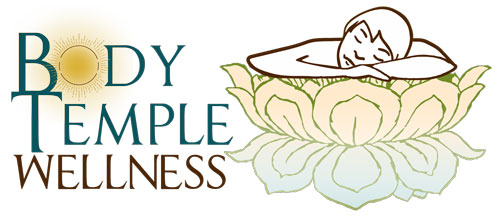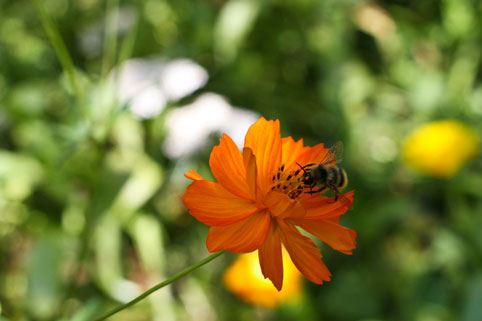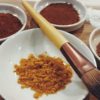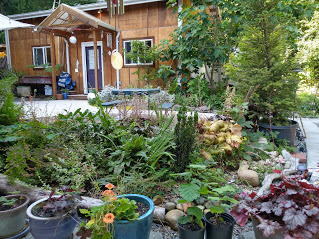Blog
Medicinal Bee Gardens (part one)
As a beekeeper, I occasionally need to branch out to some of the other skills I have honed over the years. Botany, garden design, entomology and herbal medicine are the most often called upon. Knowing the seasons, what plants are in bloom and having experience and knowledge with weather patterns effects on nectar flow are all crucial to successful beekeeping. All of these related areas are important but a working knowledge of botany is probably one of the most important.
As beekeepers, we are intrinsically botanists, for bees and plants are interdependent and the nature and productivity of the plant population plays a major role in the success or failure of any beekeeping operation. One frequently stated need of many beekeepers is how to increase nectar availability in an area. Herbs provide a direct means for the beekeeper to improve and expand the honey flow. Herbs are very helpful with nectar flow as most will bloom the same year that they are planted.
With sufficient variety, an herb garden can have plants in bloom for most of the year. Of course, in Western Washington, that doesn’t mean that the bees will be out most of the year since the cold and rainy weather is not desirable to them. With a little planning, herbs can provide both excellent nectar and pollen sources for honeybees. In addition to this, medicinal herbs can provide nourishment and immune system support to the bees as well as the humans who consume the honey made with nectar from medicinal herbs. Herbs can supply valuable bee pasture during periods of dearth, but careful planning must precede planting. Most herbs will grow anywhere, and most will bloom profusely, but not all will attract honeybees.
Strict attention must be paid to varieties, ecotypes, soils, climate, fertilization, and watering needs. Selection of the correct varieties is most important. Some plants, such as feverfew, simply will not attract honeybees. Plants shipped from other parts of the country may be reputed to produce heavy amounts of nectar but that doesn’t mean it will in your planting zone. One must be mindful of the plants that will work in your area.
Designing an Herb Garden
A medicinal herb garden for bees, as with any other garden, can be as simple or complex as the gardener desires. Herbs can be grown in established borders, among low growing shrubbery, or in a vegetable garden. I use a combination of all these locations. The traditional way, in terms of organization and care, is to designate a certain space for herbs and herbs alone. This method does not appeal to me since by mixing medicinal herbs in with plantings in other areas, I am assisting the other plants in being pollinated and am therefore likely to have better crops, more fruit production and beautiful gardens.
Care should be taken to segregate tall growing herbs such as the bee balms from low spreading herbs like the mints and thymes to minimize unwanted shading. Also, tall plants should not be in the front of the hive entrance since they may disturb the flight pattern. Also, bees wont forage where they poo and they poo in their flight path.
It is advantageous to mulch heavily or use a weed block to prevent having to weed or have tall weeds pop up in front of the hive while the bees are active during the growing season. Also, moisture saving mulch and “container-sized” planting holes through weed blocking fabric is helpful when growing perennial herbs. There are many things that can be used as weed blocking fabric including discarded rugs made from natural fibers. While they will, in time, break down and become part of the soil, they are excellent in holding down weeds and retaining moisture. Keeping them out of the landfills is another great benefit of their use. We have used cotton throw rugs as well as cardboard and burlap coffee bags from roasters.
In part two of this article, I will be writing about herb types, species and traditional uses.
If you value this information, share it with others so they might be inspired to grow medicinal herbs for the bees. Because as if gardening wasn’t enough, gardening for the bees is the best!









Leave a reply